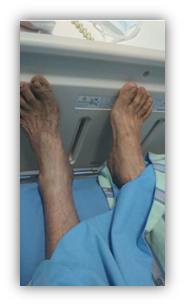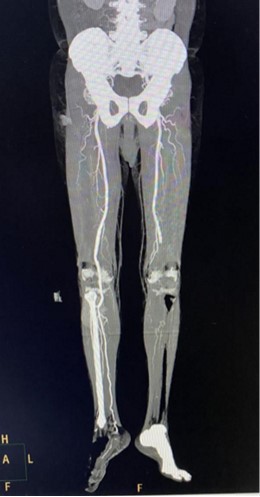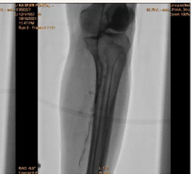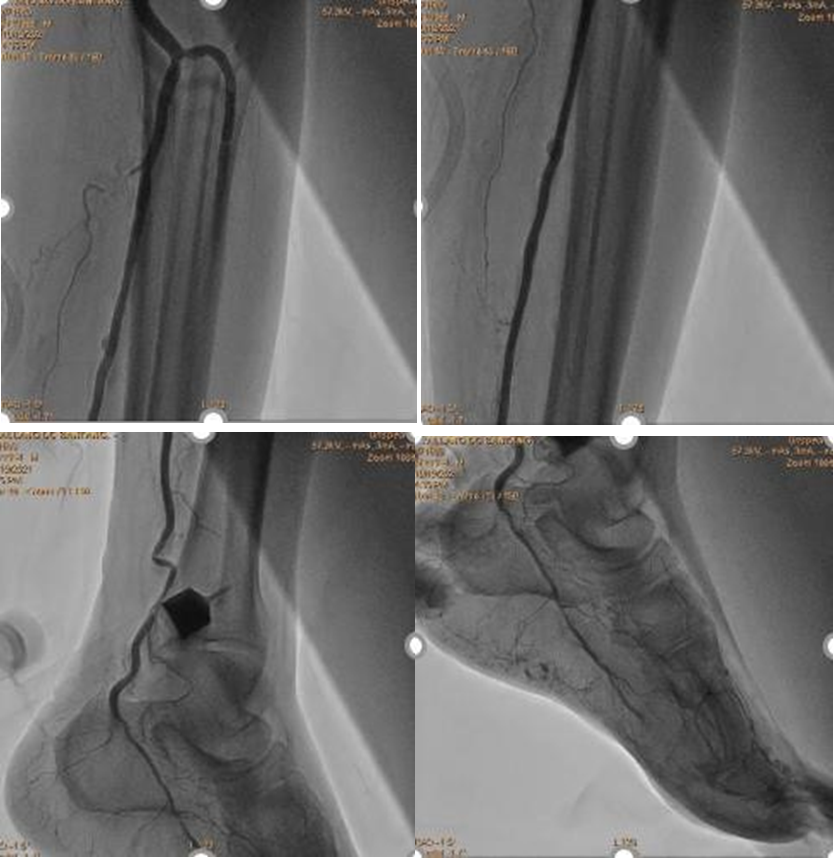Lots of interesting abstracts and cases were submitted for TCTAP 2024. Below are the accepted ones after a thorough review by our official reviewers. Don’t miss the opportunity to expand your knowledge and interact with authors as well as virtual participants by sharing your opinion in the comment section!
TCTAP C-204
Retrograde Direct Thrombectomy With Distal Pedal Access Using Fogarty Catheter in Acute Limb Ischemia
By Muzakkir Amir, Mulawardi Mulawardi, Harie Cipta, Tito Armando
Presenter
Harie Cipta
Authors
Muzakkir Amir1, Mulawardi Mulawardi1, Harie Cipta2, Tito Armando1
Affiliation
Hasanuddin University, Indonesia1, Wahidin Sudirohusodo Hospital, Indonesia2,
View Study Report
TCTAP C-204
Endovascular - Thrombus Removal Devices and Techniques
Retrograde Direct Thrombectomy With Distal Pedal Access Using Fogarty Catheter in Acute Limb Ischemia
Muzakkir Amir1, Mulawardi Mulawardi1, Harie Cipta2, Tito Armando1
Hasanuddin University, Indonesia1, Wahidin Sudirohusodo Hospital, Indonesia2,
Clinical Information
Patient initials or Identifier Number
Relevant Clinical History and Physical Exam
A 63-year-old male was admitted due to pain in the left foot since 4 days prior to admission. Color changes on the left foot also developed. Patient was diagnosed with acute limb ischemia with Rutherford classification IIa based on clinical manifestation, motoric and sensoric impairment.


Relevant Test Results Prior to Catheterization
Computed tomographic angiography revealed total occlusion of the left popliteal artery and all crural arteries suspected with embolus. Vascular doppler showed no flow from superficial femoral artery (SFA).


Relevant Catheterization Findings
We performed a percutaneous transluminal angioplasty (PTA) on the left femoral artery in order to create proximal access and flow to the posterior tibial artery after balloon angioplasty. Angiographic results after angioplasty showed slow flow from the popliteal artery to the PTA. Pain still remained after PTA with no changes in clinical manifestation with an oxygen saturation of 57% on the left foot. We then decided to perform open thromboembolectomy afterwards.


Interventional Management
Procedural Step
An open thromboembolectomy was performed. A direct incision to the posterior tibial artery (PTA) and dorsalis pedis artery (DPA) under local anesthesia. A 3F Fogarty balloon catheter was inserted and directed retrogradely towards the PTA and DPA then inflated to trap and retrieve a moderate amount of embolus. The final angiogram showed complete revascularization with no residual embolus from the left SFA to DPA. The patient showed satisfactory post-operative results with markedly improved clinical symptoms and peripheral oxygen saturation.


Case Summary
Retrograde surgical thrombectomy is a possible limb salvage procedure in case of an incomplete antegrade thrombectomy or a below-the-knee (BTK) arterial occlusion. Although the development of endovascular treatment showed good outcomes in BTK thrombotic occlusion, direct surgical thrombectomy for acute limb ischemia could be considered as the superior treatment. Aside from the optimal assessment of blood flow, there is also a risk of residual thrombus that the endovascular method holds compared to an open surgery approach. The residual thrombus might become a distal embolic occlusion, which may increase the risk for amputation or may adhere to the vessel wall post-balloon angioplasty.

